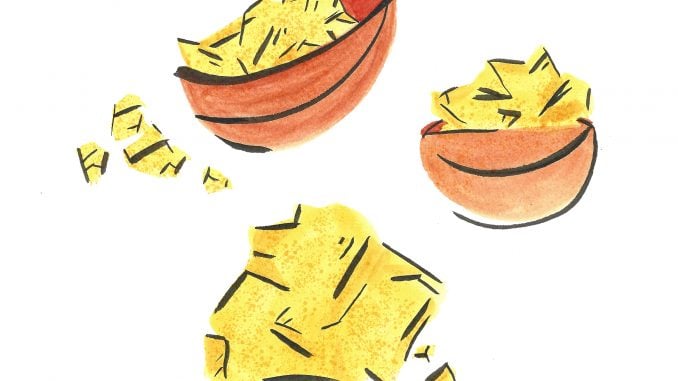
CREEDMOOR Chances are, frankincense and myrrh are not under your Christmas tree this year; maybe gold if you are among the fortunate. How did these three gifts make their way to the side of Jesus’ manger and into Christmas tradition for thousands of years? Most Christians will see at least one Christmas pageant or nativity every year featuring three gift-bearing kings arriving at a holy stable.”We say there are three kings, or Magi, probably because of the three gifts that were mentioned. We don’t actually know how many there were, and they probably were not there in Bethlehem at the manger. They were probably at Jesus’ house when they moved to Nazareth it just says He was a baby,” said Dr. David Kowalke, a professor of Systematic Theology at North Raleigh Christian Academy.Whenever they arrived, the gifts brought by three Magi are viewed by biblical scholars as symbols of their recognition of Jesus as King. Treasured not just for their monetary value, according to theologians, the three gifts had significance in that time as well. They were valuable yet common offerings to royalty. Gold was as valuable then as it is today, perhaps more so given the logistical problems in mining it without modern tools and power equipment. Also as it is today, it was currency with which Joseph and Mary could care for their newborn, particularly as they travel.Frankincense is hardened resin from a tree used, at the time, for perfume or incense during worship. It is made from trees found in the western part of Africa, including Somalia, and has been traded for over 5,000 years. Used to treat everything from digestive problems to arthritis, a study out in 2014 linked Frankincense to cancer cell death in bladder cancers.However, Frankincense It is best known as an incense in worship filling a room with a lemony, pine scent. While burning it in a stable seems like it would freshen some ripe surroundings, Frankincense’s use in the story of Christmas is seen as a symbol of Jesus’ divinity because it was often used as an offering to God.Myrrh is likely still in your bathroom cabinet. Also the hardened aromatic sap from a tree, today Myrrh shows up as an antiseptic in some mouthwash, toothpaste and liniments to treat bruises and skin irritation. It has also shown to have effective pain-killing properties. Even in Jesus’ day it was given for medicinal purposes but it was also used to embalm the dead because it has the property to preserve. Historians interpret it as a Christmas symbol of Jesus’ later death. Myrrh mixed with wine was offered to Jesus in the book of Mark during his crucifixion and his body was wrapped in it in the book of John.”There are different thoughts about medicinal purposes and arthritis and things like that, but my personal opinion is that they paint kind of a 3-D image of why Jesus came,” said Kowalke. “Gold in honor of the deity of the Messiah He is a Messiah and not just a baby; Frankincense because He is the high priest, and myrrh for His humanity and sacrifice.”



